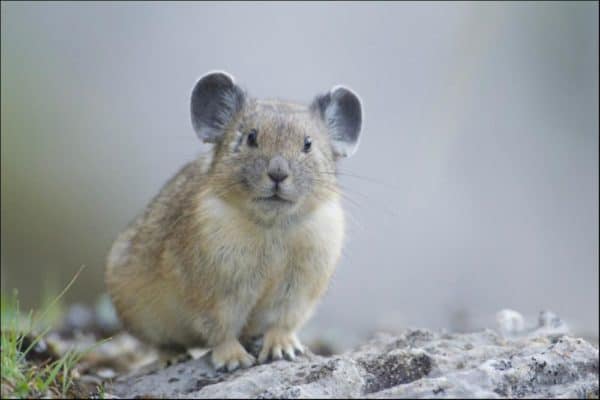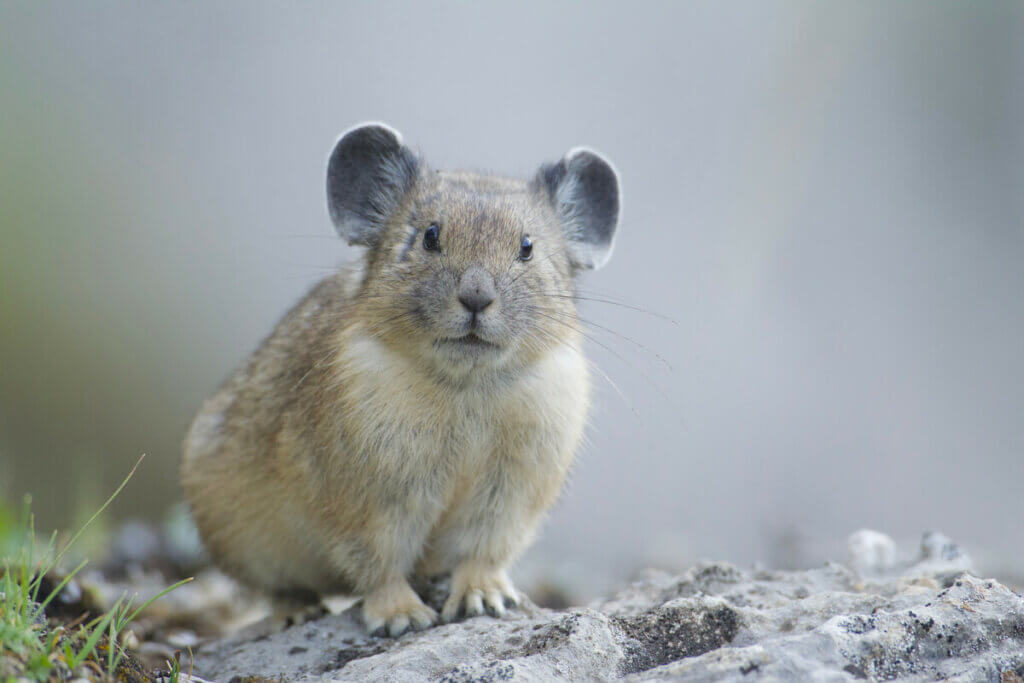

The young are completely dependent on their mother for at least 18 days. Pika's will give birth to a litter of 2-5 young. The gestation period is thirty days long (one month). They may breed twice a year depending on their location.

The Pikas mating season is from April to July. These haypiles are used to supplement their diet during the harsh winter months. The haypiles are cached (stored) on open surfaces or under rocks within their territory.

Pikas utilize two distinct foraging styles: open foraging (feeding) and food collection and caching (haying).ĭuring the summer, they cache vegetation in haypiles composed of tall grasses and forbes. Pikas spend part of the day feeding and haying. The short call is given as an alarm call to alert other pikas of avain predators and as a territory defense call. They spend part of their time looking out for predators, defending the territory and protecting their stored food. They can be quiet when a weasel is nearby to avoid being detected. The Pika will bark if they are scared and to warn other animals of danger that is near. Pikas live in colonies divided into individual territories that they actively defend. They feed on alpine grasses, sedges, thistles, fireweed, cushion plants and lichens. It survives the cold winter by eating dried vegetation they have stored away in haypiles. What they eat: The Pika is herbivore that stays active year round even in winter. In Washington, the Pika is found living around talus slopes, rock piles, or boulder slides.įound in the Cascades and northeast regions of Washington.Ĭlick the range map to learn more about the distribution of Pika in Washington. They are often found at the interface between meadow habitat and open rocky terrain. Pikas are found in the rocky terrain in the mountain regionsįrom central British Columbia to South-Central California and east to Colorado. The body is egg-shaped and the underside is a buffy color.īody length: 162 to 216 mm (6 to 8.5 in). Pikas have rounded ears, light brown and gray fur, long whiskers and no visible tails. Rabbits, hares and pikas are related species. They are related to rabbits but are are about the size of large hamsters. NatureMapping Animal Facts for Kids American PikaĪmerican Pikas are hearty small mammals who live in rock piles in the mountains of western North America. American Pika Facts for Kids - NatureMapping


 0 kommentar(er)
0 kommentar(er)
